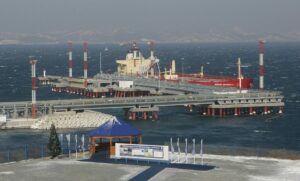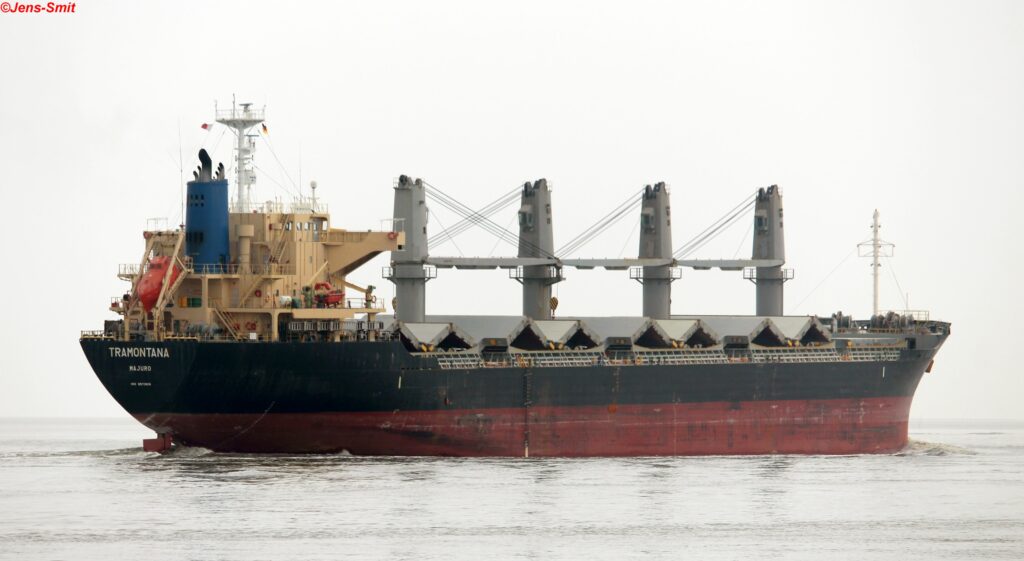OPEC+ will cut oil production: will it save russia?
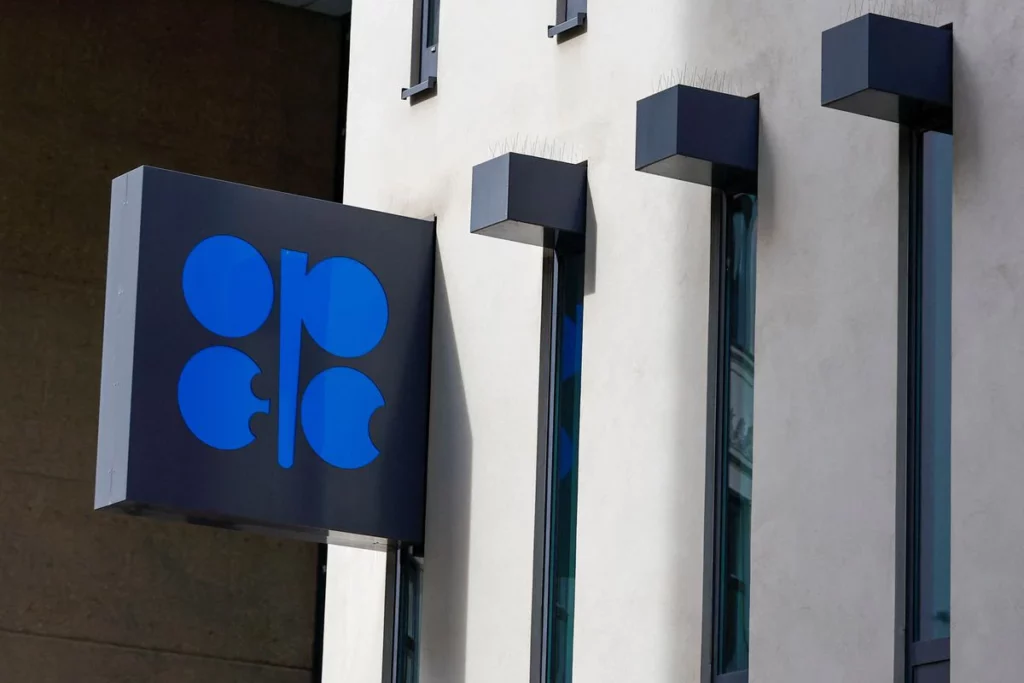
On Wednesday, October 5, OPEC+ countries agreed to cut oil production to 2 million barrels per day. USM tells how this will affect the West’s plans to impose a “ceiling” on russian oil prices.
The decision was made as a result of negotiations in Vienna on Wednesday, October 5. The meeting of OPEC+ representatives took place on the same day when the European Union agreed on the eighth package of sanctions against russian federation, which includes, in particular, the limitation of prices for russian oil.
OPEC+ agreed on the biggest cut in oil output since the coronavirus pandemic, curbing supply in an already tight market. So, production will be reduced to 2 million barrels/day.
The countries have decided to increase the production of raw materials despite negotiations with the United States and other countries.
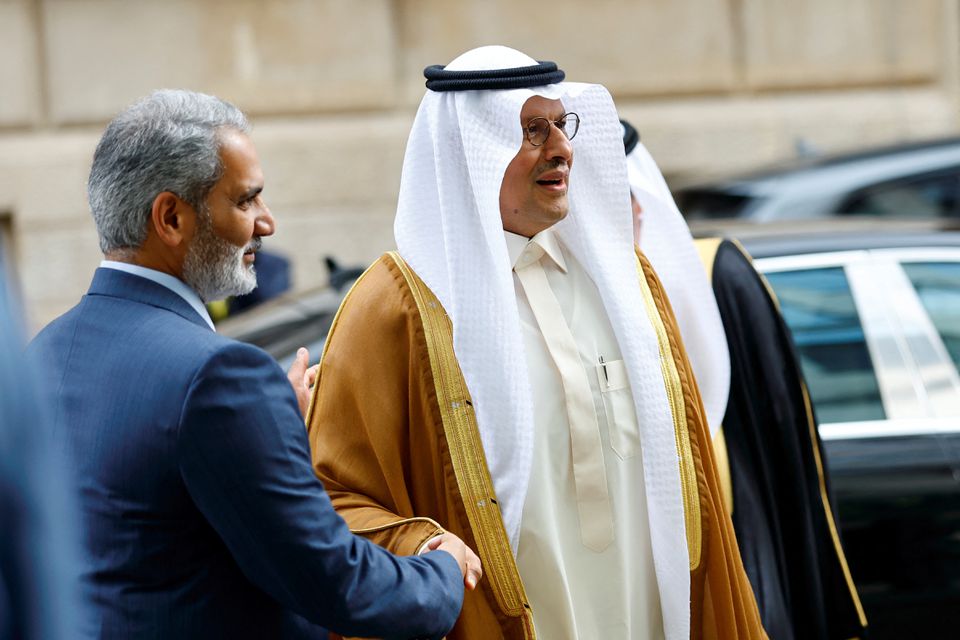
The decision to sharply reduce production caused immediate criticism from the White House, which called the decision short-sighted and suggested that the 23-member OPEC+ group actively supports russian president putin, reports The Wall Street Journal. Just three months ago, President Biden visited Saudi Arabia, the de facto leader of OPEC, to mend relations between the world’s largest oil consumer (the United States) and its biggest exporter at a time of rising inflation, partly caused by high energy prices.
In response to the OPEC+ decision, Biden ordered the release of 10 million barrels of oil from the US strategic oil reserve, the White House said. But, according to analysts, this will have little effect on prices. Administration officials also said they would consult with Congress on ways to “tame” OPEC+’s influence on energy prices.
OPEC+ delegates privately said that the reduction in production would be a “big win” for russia, which has lost about 1 million barrels of oil production per day since February. In the future, russia will face the prospect of an EU oil embargo and a cap on oil prices, which threatens to further reduce its sales.
OPEC+ production cuts could undermine the West’s efforts, which are key to the economic fight against moscow.
After jumping above $10/barrel in the first half of the year, oil prices fell by 32% due to the russian invasion of Ukraine amid global economic worries, and international benchmark Brent oil fell below $83/barrel for the first time since January. On the day of the OPEC+ negotiations, October 5, Brent rose in price by more than 2% to $93.9.
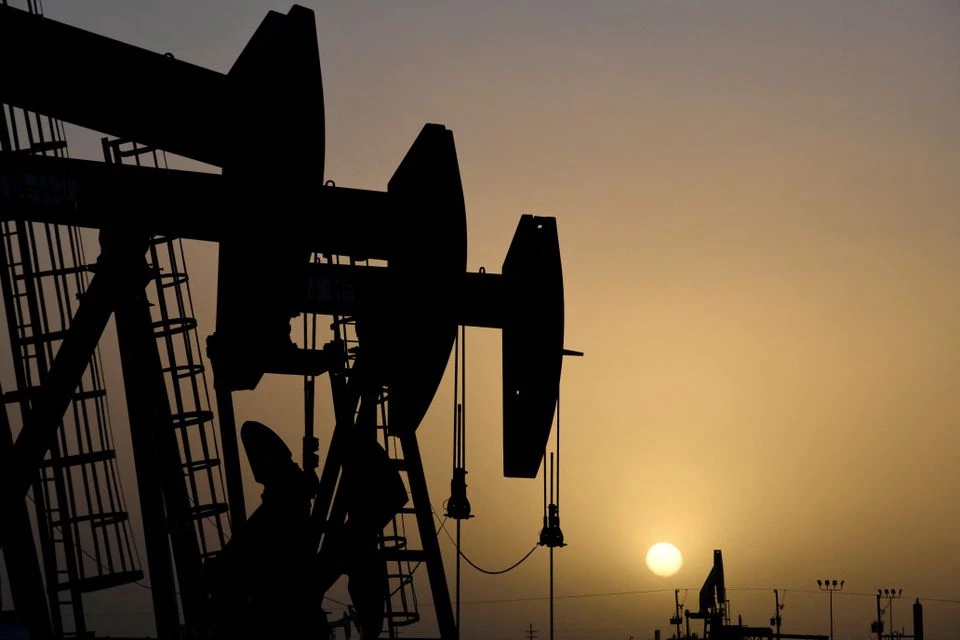
Consequences
The production cut could spur a recovery in oil prices, which fell from about $120 to $90 three months ago amid fears of a global economic recession, rising U.S. interest rates and a stronger dollar.
OPEC+ production cuts will limit russia’s loss of market share. We can observe an unprecedented attempt by the world’s largest oil producers to jointly help russian federation in political and economic problems caused by the war in Ukraine. OPEC+ countries remain neutral or silent regarding russia’s war as they weigh competing interests, including status as the world’s largest grain exporter and major arms supplier.
After the meeting of the OPEC+ countries, the Deputy Prime Minister of russian federation, Oleksandr Novak, stated that production reduction is necessary to “balance the market”. He said that russia will not sell oil to countries that impose price caps, predicting a shortage of energy supplies this year.
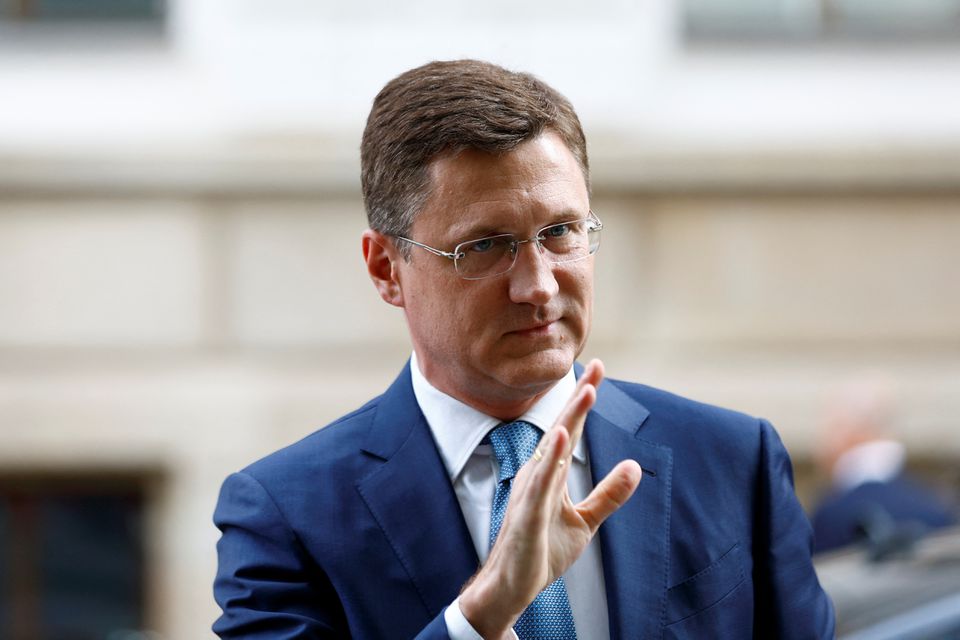
Saudi Arabia’s energy minister, Prince Abdulaziz bin Salman, dismissed suggestions that output cuts would hurt relations with the US and said OPEC+’s decision was based on forecasts that demand for oil would fall along with economic growth.
A sharp and significant reduction in production will affect the rise in oil prices. However, the reduction in production was initiated against the background of the strengthening of Western sanctions against russia, in particular, the introduction of price restrictions on russian oil. Therefore, along with the volume of production, the world’s demand for oil from russian federation is also falling.
Sanctions against russia also affect the cost of tankers used to transport oil. Tankers of the VLCC and Suezmax types show a significant increase in cost. At the same time, there is a significant discrepancy between the growth of prices for new vessels and vessels that were in use, as evidenced by data from Gibson Shipbrokers.
The cost of new VLCCs and Suezmax increased by 17% and 13% for the year — this was caused by rising prices for raw materials, a reduction in the number of shipyards and a relative increase in prices for other types of vessels (for example, container ships). However, the demand for new tankers does not show significant growth. Due to the aforementioned reduction in the number of shipyards, the market is experiencing problems with new orders.

But with tankers that were in use, it’s a different story: their prices rose much faster this year. From 2021, the five-year VLCC and Suezmax jumped in price by 17% and 23% respectively. Gibson cites an example: the VLCC order is valued at $120 million for a new vessel, versus $85 million for a five-year-old vessel. And it is more economical to purchase a used tanker: it will be cheaper to modernize a five-year-old tanker. In addition, there are currently no berths at the shipyards for new tankers.
Tankers aged 10 years or more showed the most interesting price growth. Over the year, 15-year tankers have jumped 58.5% in price, while 10-year VLCCs are up 20.5%.
“This was driven by increased demand from mainly Middle Eastern, russian and Asian buyers looking to assemble a fleet of older tankers to carry russian oil,” Gibsons said.
The value of old tankers is also influenced by the “shadow fleet”, which consists of old vessels. Thanks to such a fleet, sanctioned countries like russia can work even under restrictions from Western countries.
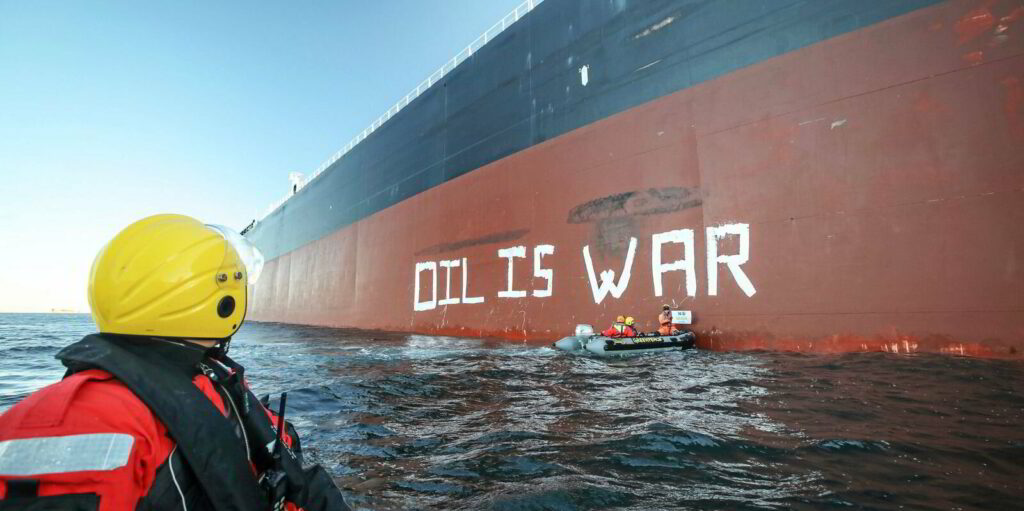
Owners of old tankers expect more “tough” sales conditions after the oil embargo. In the conditions of price restrictions on russian oil by the EU countries, it is possible that the price of tankers will reach new heights. It is also important how the US will cope with oil price jumps, which can be felt by the domestic consumer. Americans can choose their own economic peace instead of a course to help Ukraine and EU countries.
But there are also unexpected positive developments. After the OPEC+ decision, the US conducted a “positive dialogue” with China and India, the two main importers of russian oil. This was stated by Ben Harris, assistant secretary of the US Treasury for economic policy, Reuters reports.
The United States announced signals that indicate understanding on the part of China and India regarding the need to introduce a price threshold for the import of russian oil.
The price cap plan, agreed by the G7 countries, provides for the refusal of the participating countries in insurance, financial, brokerage, navigation and other services for oil cargoes, the price of which exceeds the maximum price for oil and oil products, which has not yet been determined.
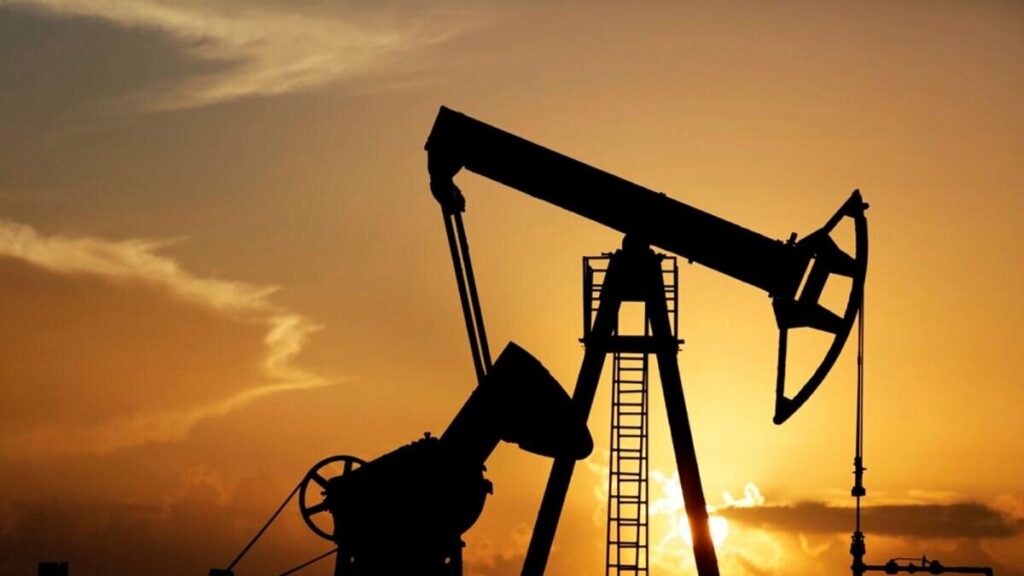
The price cap, the details of which have yet to be determined, will be calculated on a dollar-per-barrel basis and will be set at a level that will maintain an incentive for production companies.
The goal of the price cap, Harris said, is to “preserve the trade in russian oil, but at lower prices,” Harris said. While no price level has been set, the aim of the cap is to widen the gap between russia’s benchmark Urals oil and international benchmark Brent.
“We can achieve a very successful price cap without a single barrel sold below the cap. If what we have done is to provide importers with leverage to get the best possible discount, we are quite happy with that,” the official summed up.
Olga Gorbenko

